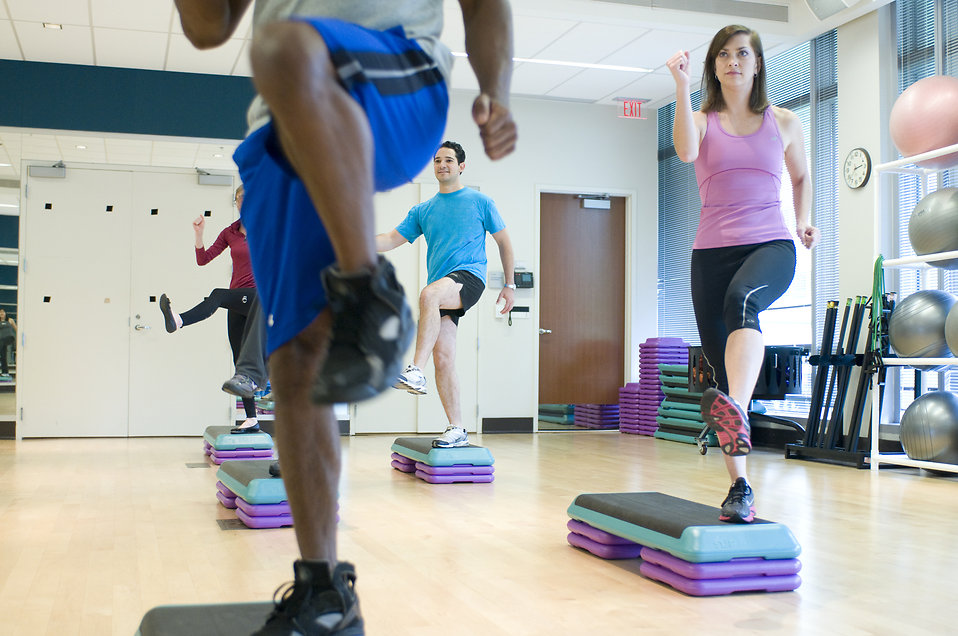Aerobic exercise
Aerobic exercise is also described as 'cardio', because it requires the heart to pump oxygen round the body to the large muscles. When we start exercising, our demand for energy increases. The energy comes from glucose that is stored in the muscles. That stored glucose doesn’t last very long and the body soon requires the liver to start making new glucose to provide energy. If your exercise session lasts for more than 20 - 30 minutes, your body will run out of stored glucose for energy and change to using new glucose made in your liver.
In a non-diabetic situation, the insulin production would switch off to maintain the glucose balance but in diabetes, where insulin is injected artificially it isn’t possible to do that. The level of insulin will stay the same and there will be an imbalance causing glucose levels to fall.
There is another process going on that will increase the risk of hypoglycaemia. Glucose is transported into cells by special transporters called Glut 4 transporters. When we exercise, these transporter cells increase in number and glucose moves more efficiently. That is why the effects of exercise can last into the next day and there is a risk of hypoglycaemia after exercise.

So, we need less insulin circulating during exercise but achieving this can be difficult. Your options are either to reduce insulin prior to the exercise, or to take some glucose to top up. If the exercise is planned, then reducing insulin can be a useful strategy. If it isn’t planned, you may have to top up your carbohydrate intake instead.


All efforts have been made to ensure materials created by the EDU comply with current accessibility guidelines (JISC: Support for learners with disabilities).
If further assistance is required with accessibility matters please contact the student support section in your academic partner UHI: Accessing learner support.
We welcome any comments on how to improve this unit. Please feel free to pass these on at any time.
If you have any difficulty viewing this resource please contact EDU (edu@uhi.ac.uk) with:
- the name of the resource;
- a description of the problem (please give as much detail as possible);
- the section of the resource where the problem occurred;
- your internet browser (you can check your browser version at: http://detectmybrowser.com/).
UHI provides links to external sources of information and may refer to specific Web sites, products, processes or services within this resource. Such references are examples and are not endorsements and whilst every effort is taken to ensure the accuracy of information provided UHI is not responsible for any of the content or guidance. You are advised to exercise caution.
Download a copy of this resource in PDF format.
You can also print individual pages by printing directly from the browser.